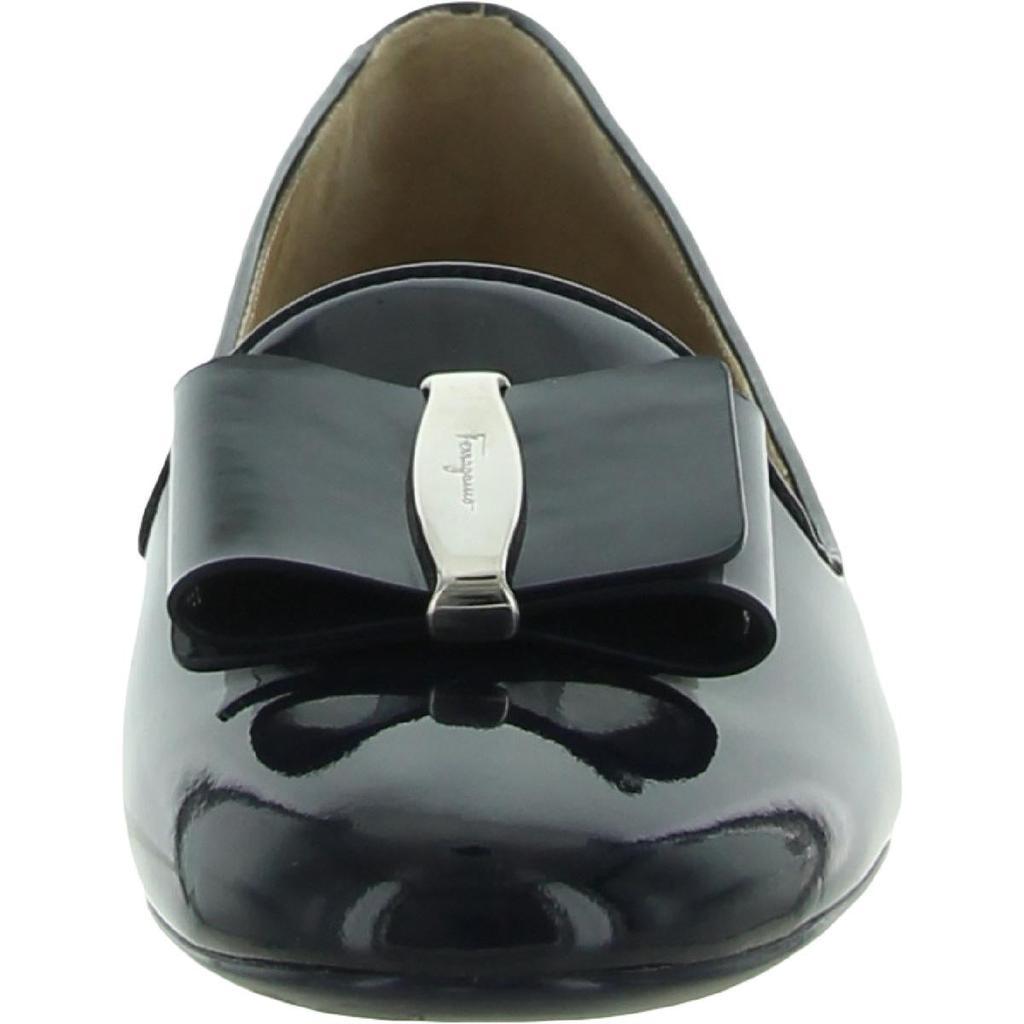Title: The Classification of Leather
Leather is a natural material that comes from the hides of animals. It has been used for centuries for various purposes, such as clothing, footwear, and upholstery. Leather can be classified in several ways, including by type of animal, part of the animal from which it is taken, and by its processing method. Some common types of leather include cowhide, sheepskin, and pigskin. Each type has its own unique texture, color, and durability. For example, cowhide is known for its strong and resilient texture, while sheepskin is often used for its soft and warm properties. In addition to the type of animal, leather can also be classified by the part of the animal from which it is taken. For instance, hide leather is made from the hide of the animal, while fur leather is made from the fur-bearing skin of the animal. Finally, leather can also be classified by its processing method. Raw leather is the unprocessed hide or skin of an animal, while finished leather has been processed to enhance its quality and durability. Leather is a versatile and durable material that can be used for a variety of applications. Its classification helps to identify the specific type of leather that best suits a particular application or design.
Leather, a natural material derived from animal hides, has a wide range of applications in various industries such as fashion, automotive, and footwear. One of the most significant factors in the quality and performance of leather products is the type of leather used. To ensure consistency and quality in leather products, it is essential to classify leather based on its properties and characteristics. This article delves into the world of leather classification, providing an overview of the different types of leather and their respective applications.
The first and most basic classification of leather is based on the source animal. Leather can be divided into two main categories: mammal leather and reptile leather. Mammal leather, as the name suggests, is derived from mammals such as cows, pigs, and sheep. Reptile leather, on the other hand, is obtained from reptiles like snakes and crocodiles. Each type of animal hide has its unique texture, thickness, and quality, which determine the suitability of the leather for certain applications.
Within mammal leather, there are several subcategories based on the specific animal species. For instance, cowhide is one of the most common types of mammal leather, known for its durability and texture. Pigskin and sheepskin are also widely used, each offering unique properties and characteristics. Cowhide, in particular, is often preferred for making footwear and handbags due to its strong and resilient nature.
Another classification of leather is based on the way it is processed and finished. Raw hides are simply the hides of animals that have not undergone any processing or treatment. They are often used in their natural state or after undergoing basic tanning processes to enhance their durability and longevity. However, raw hides are not always suitable for all applications due to their uneven texture and lack of uniformity.

To address these issues, leather can also be classified based on its finish or coating. Finished leather refers to hides that have undergone a series of processing steps to improve their appearance, texture, and performance. This may include treatments such as dyeing, embossing, or applying a protective coating to enhance the leather’s durability and resistance to water or other environmental factors. Finished leather is often preferred for high-end fashion items or furniture upholstery due to its consistent texture and appearance.
Another aspect of leather classification is based on its thickness or weight. Thin leather is often used for lightweight applications such as fashion accessories or interior upholstery while thicker leather is typically reserved for more durable and long-lasting applications like automotive upholstery or outdoor footwear. The thickness of the leather not only affects its performance but also its cost and processing efficiency.

In conclusion, the classification of leather is a complex but essential aspect of ensuring product quality and consistency in various industries. By understanding the different types of leather and their respective applications, businesses can make more informed decisions about the materials they use to create high-quality products that meet their customers’ needs and expectations.
Articles related to the knowledge points of this article:
Title: Crafting a Personal Statement: The Art of Making a Tie
Feather-Filled Hooded Sweatshirts: The Ultimate Winter Warmth
Title: Should You Wear a Tie to a Job Interview?
Title: How to Tie a Tie: The Art of Tying a Tie with Perfection
Title: How to Tie a Tie Perfectly: A Guide for Couples on Their Wedding Day
The Ultimate Guide to Choosing the Best Winter Jacket and Alpine Jacket



